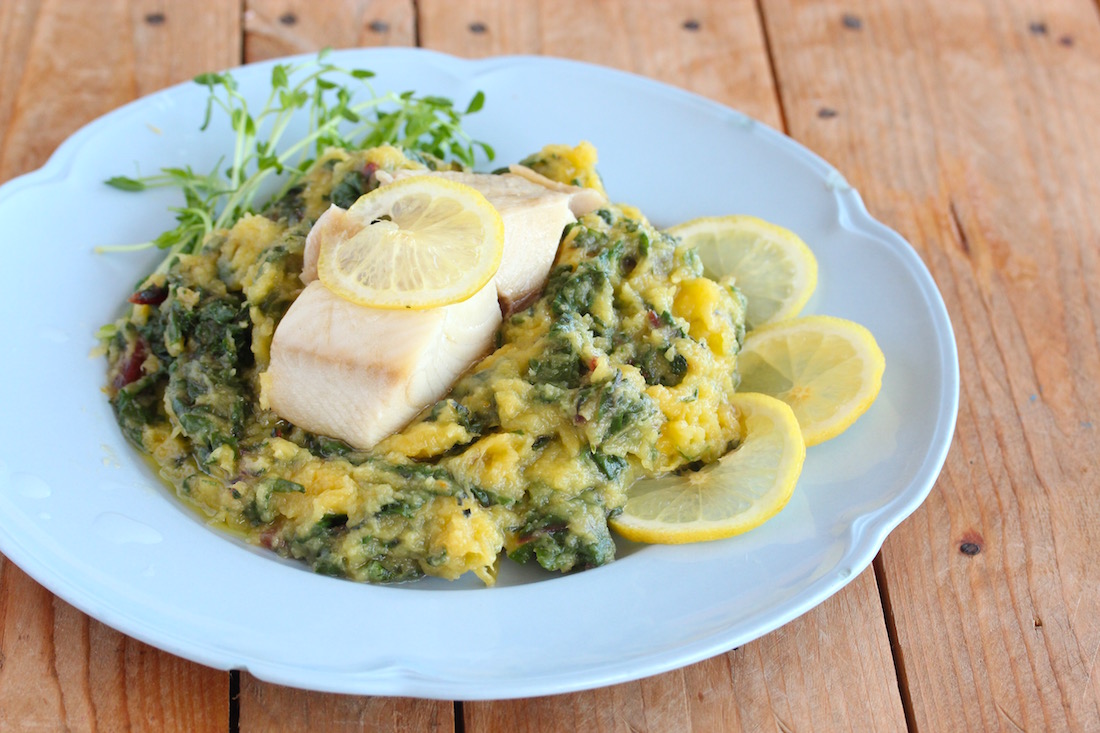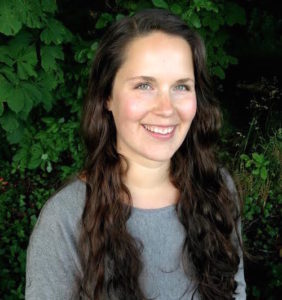CHINESE MEDICINE FOR PMS

Signs and symptoms associated with the menstrual cycle are often perceived as normal, are ignored, or medicated on the surface level. It’s normal to get
headaches, intense cramping, moodiness, and bloating every month, right?

Trust that there’s more to the flow of things and read on.
What is PMS?
Premenstrual syndrome (PMS) is a common condition affecting women of reproductive age. It is defined as a collection of symptoms that typically occur for
one to two weeks before menstruation. PMS is not healthy or normal; it is a sign of hormone imbalance and can be healed.
What are common signs and symptoms to be aware of?
Acne, anxiety, backaches, bloated abdomen, constipation, cramping, crying spells, depression, difficulty concentrating, difficulty sleeping, emotional
hypersensitivity, excessive hunger, food cravings, forgetfulness, headaches or migraines, irritability, low energy, joint pains, low libido, mood swings, tender,
swollen breasts, water retention, and weight gain.
The Cause Of PMS According To Chinese Medicine:
Chinese Medicine practitioners assess overall constitution, which includes observation of colour and energy (vitality) along with palpation and pulse taking,
tongue analysis, and listening and inquiry of one’s whole health state. Detailed information-gathering in regards to main health goals include how long
symptoms have been occurring, diet, lifestyle, emotional health, and period information — colour, odour, texture, duration, and amount. This helps the
practitioner explore root causes of imbalance and to piece together a Chinese medicine pattern, TCM diagnosis, and treatment plan.
TCM practitioners use theories such as zang-fu organ differentiation, the eight principles (yin, yang, hot cold, interior, exterior, deficiency, excess), and channel
theory, to match signs and symptoms to Chinese Medicine patterns (this is called syndrome differentiation).
Acupuncture For PMS:
PMS can effectively be treated with acupuncture [1, 2]. Treatment with acupuncture aims to balance meridian pathways within the energetic body that are
associated with skin, blood, and organ levels. The insertion of fine needles at specific points that lie along meridians works with your mind-body-spirit to restore
imbalances or blockages and to strengthen your body’s innate ability to heal. Results are cumulative, meaning regular treatments increases acupuncture’s
effectiveness. It is advised to complete 1 treatment per week for each phase of your menstural cycle, for 3 cycles (3 months). From here maintenance and
prevention treatments are scheduled, for example once per month or as needed.
Premenstrual Syndrome, a western medical term, is recognized in Chinese Medicine though a patient’s collective pattern of signs and symptoms, and the main
goal is of focus for diagnosis and treatment. For example, there can be five different patients with PMS in clinic, with five different diagnoses and treatment
plans.
Menstural Edema can be caused by Spleen-Kidney Yang Deficiency or Qi and Blood Stasis
Menstural Headache can be caused by Dlood Deficiency, Liver Fire, or Blood Stasis
Menstural Mood Disorder can be caused by Liver Qi Stagnation or Phlegm Fire Uprise
Dysmenorrhea (cramping) – Qi and Blood Stasis or Deficiency, Cold Accumulation (Yang Deficiency Cold), Damp Cold or Damp Heat, Liver-Kidney Deficiency
Each of these diagnoses would have their own treatment protocols, lifestyle suggestions, acupuncture prescription and herbal formula.
Top 5 Chinese Medicine Cycle-Soothing Lifestyle Tips:
- Eat adequate amounts of warming and blood building foods. From ovulation to period time reduce your intake of raw, greasy, cold, and excess flavours (too
spicy, sweet, sour, salty, etc.). Focus on cooked, nature-made sweet and neutral foods such as root vegetables (especially beet and squash), soups and stews
made with bone broth, organic animal protein, fish, blood-building cooked leafy greens, and sprouted brown rice or quinoa. Ask your registered acupuncturist
about foods that would be helpful for your unique TCM pattern.
- Cultivate emotional health and stress reduction. Emotions such as anger and stress disrupts the smooth flow of qi within the meridians. Get into the habit of
feeling your emotions fully and express them through journalling, talking with a counsellor or loved ones, and find time to nurture self care rituals.
- Dress warmer and enjoy warm baths. This will help protect the body from cold EPI (external pathogenic influences). Cold constricts and blocks.
- Don’t over-exercise. It is especially important to reduce heavy exercise right before and during your period as this can deplete yang qi and blood. Prior to
menstruation it is good to get a moderate amount of exercise with goals of maintaining qi circulation. Yoga and pilates pelvic floor stretches are great if you are
prone to cramping.
- Avoid sex right before and during menstruation. This can disrupt the natural flow of energy that works to move menstrual blood downwards and out.
RECIPE:

The goal for this recipe creation was to focus on omega 3 fatty acid and magnesium intake, both of which are helpful for easing PMS symptoms. Cod is high in
omega-3 fatty acids (choose black cod also known as sablefish, from Canada or the United States), and swiss chard provides an excellent source of
magnesium along with acorn squash. Beyond western nutrition, ask your registered acupuncturist about flavours and temperatures of foods that have an
energetic healing effect for your TCM pattern.
Prep time: 15 minutes
Cooking time:30 – 40 minutes
Yields: 1 serving
Ingredients:
1, 4 oz black cod fillet
2 – 3 lb acorn squash
Avocado oil for squash baking
1 small swiss chard bunch
1 tbsp. ghee or olive oil
1 – 2 garlic cloves, minced or pressed
1 small lemon, for squeezing and garnish
Sea salt to taste
Directions:
1. Set your oven to 400F. Slice your acorn squash(es) in half and use a spoon to scoop out the seeds. Place the squash halves on a baking sheet and drizzle
with avocado oil. Bake for 30 – 40 minutes or until the edges appear to be golden brown.
2. In the last 15 minutes of squash baking start to prepare the remaining ingredients. Rinse then shred the swiss chard. Transfer to a large fry-pan over medium
low heat. Saute the chard and saute for 5 – 10 minutes. You can water-saute it from any residual water left from rinsing, or go ahead and add a bit of oil.
3. Bring 2 cups of water to a boil in a small saucepan. Add your cod fillet to the boiling water and simmer for 6 – 8 minutes over medium low heat. The cod is
cooked when the skin ‘flakes’ back a bit with a fork. Immediately drain the water and remove the skin in preparation for serving.
4. Scoop the baked squash flesh into a food processor or blender with a tamper. You can also use a potato masher. Add the garlic to the squash and lightly
blend or mash until smooth. Don’t over-mix or it will turn into puree.
5. Transfer the mashed squash to a bowl. Chop the sauteed swiss chard and add this to the bowl. Mix to combine, adding ghee or olive oil, sea salt, and lemon
juice to taste. You will most likely have acorn mash leftovers — use for future meals ahead.
6. Plate the acorn-chard mash topped with poached fish and a drizzle of lemon juice and olive oil or ghee.
Thank you so much, Hayley!

written by hayley stobbs r.ac.
original post found here